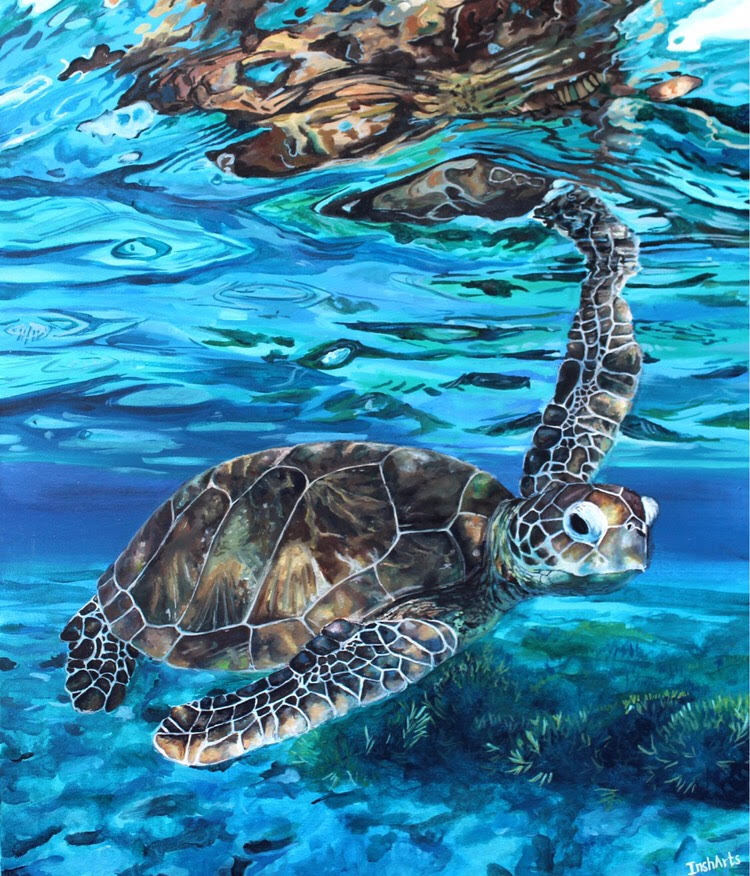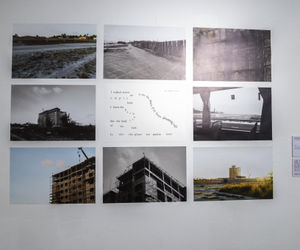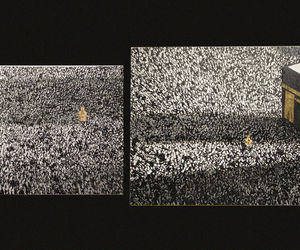An art exhibition renaissance for the Maldives
Malé has seen a wave of art shows and exhibitions in recent months.

19 Aug 2018, 9:00 AM
There used to be few ways for Maldivian artists to showcase their work: through an exhibition at the National Art Gallery, at resorts or as souvenir items in boutiques. The privately run Esjehi Art Gallery, although no longer open, also promoted it. But artists in the island nation generally lacked the venues, means or support to display their talent.
But there has been a wave of shows and exhibitions in recent months, with the Maldivian Art Community and Avahteri Gallery leading the way.
“In this country there was no place for artists unless you went out there and did it yourself, and this is what MAC is doing,” says Insha Hassan.
She is new to the art scene and her passion is underwater landscapes. Turtles in motion just beneath the surface. Hammerhead sharks almost bursting out of the canvas. A multitude of sea creatures captured in all their colourful glory.
Become a member
Get full access to our archive and personalise your experience.
Already a member?
Discussion
No comments yet. Be the first to share your thoughts!
No comments yet. Be the first to join the conversation!
Join the Conversation
Sign in to share your thoughts under an alias and take part in the discussion. Independent journalism thrives on open, respectful debate — your voice matters.




